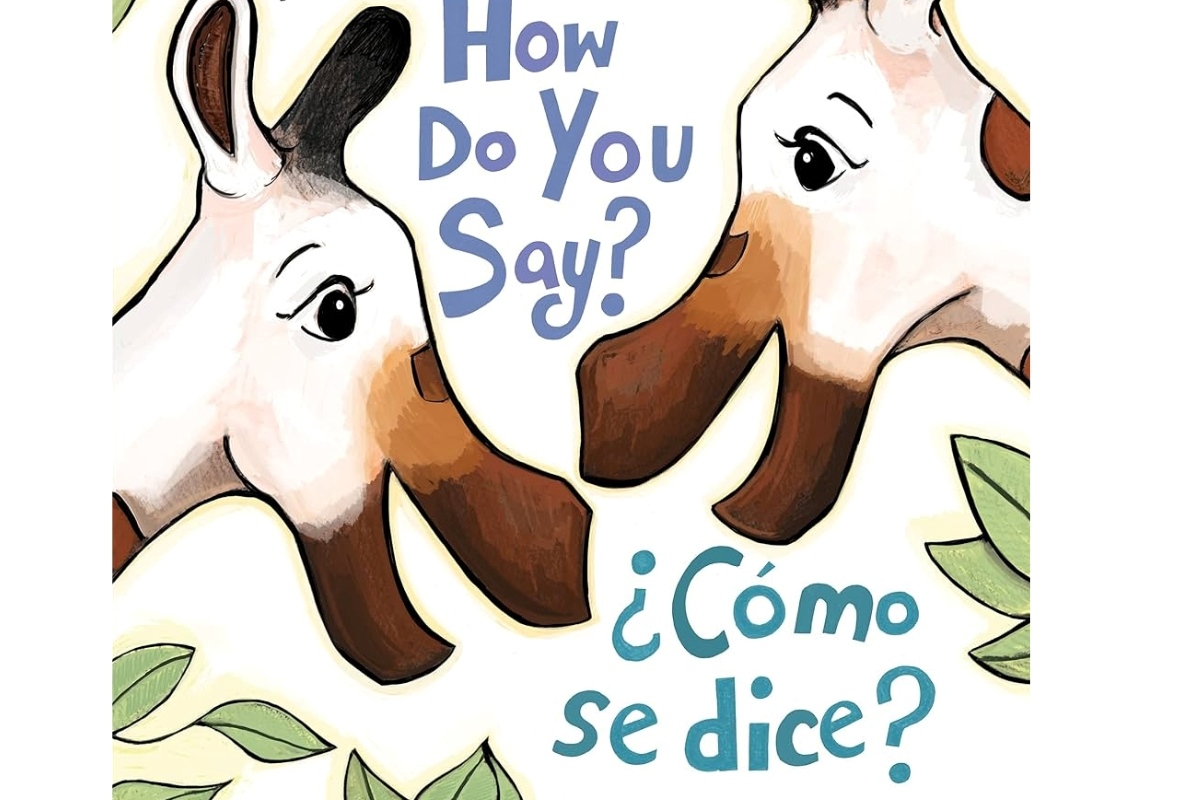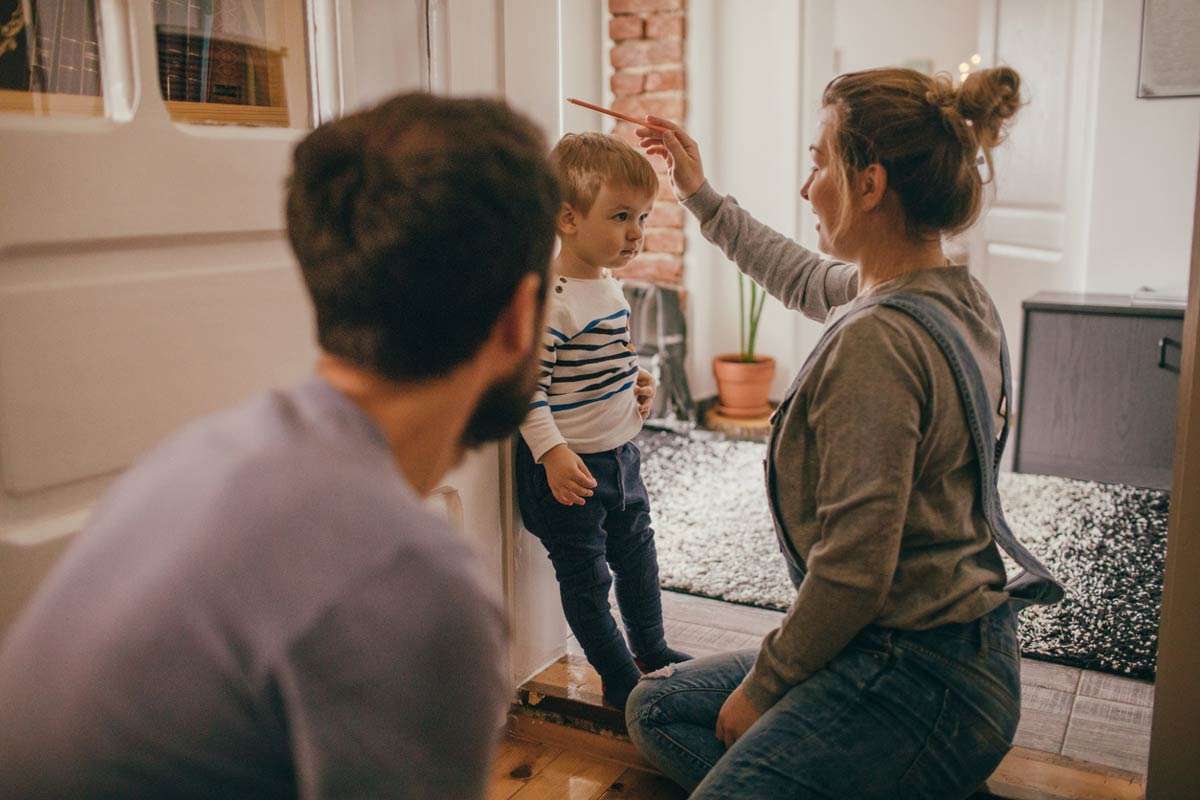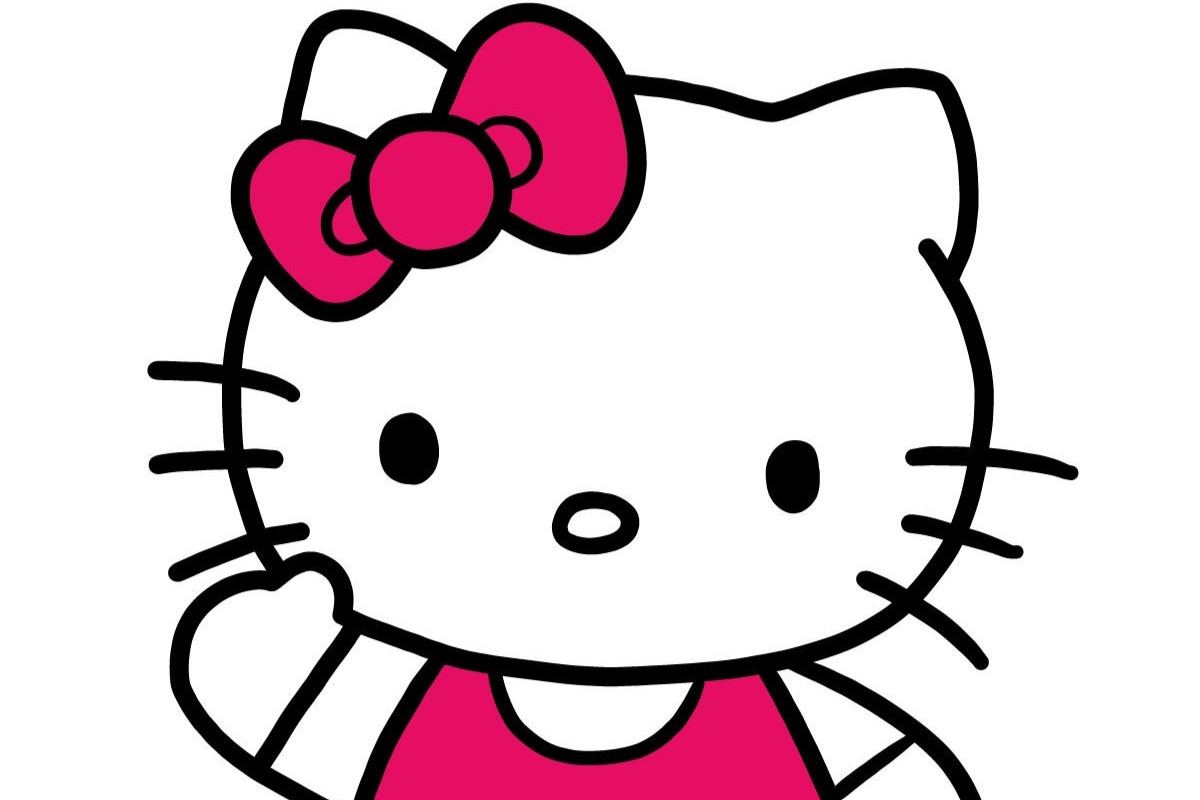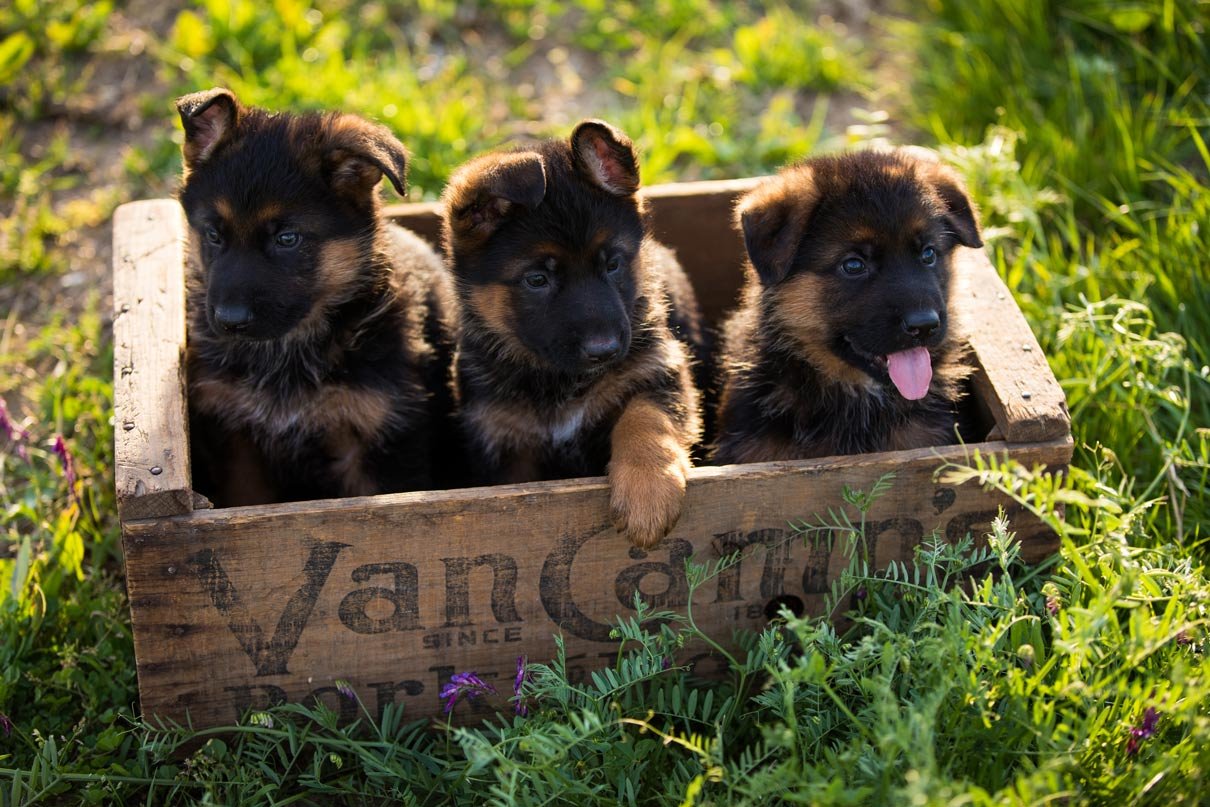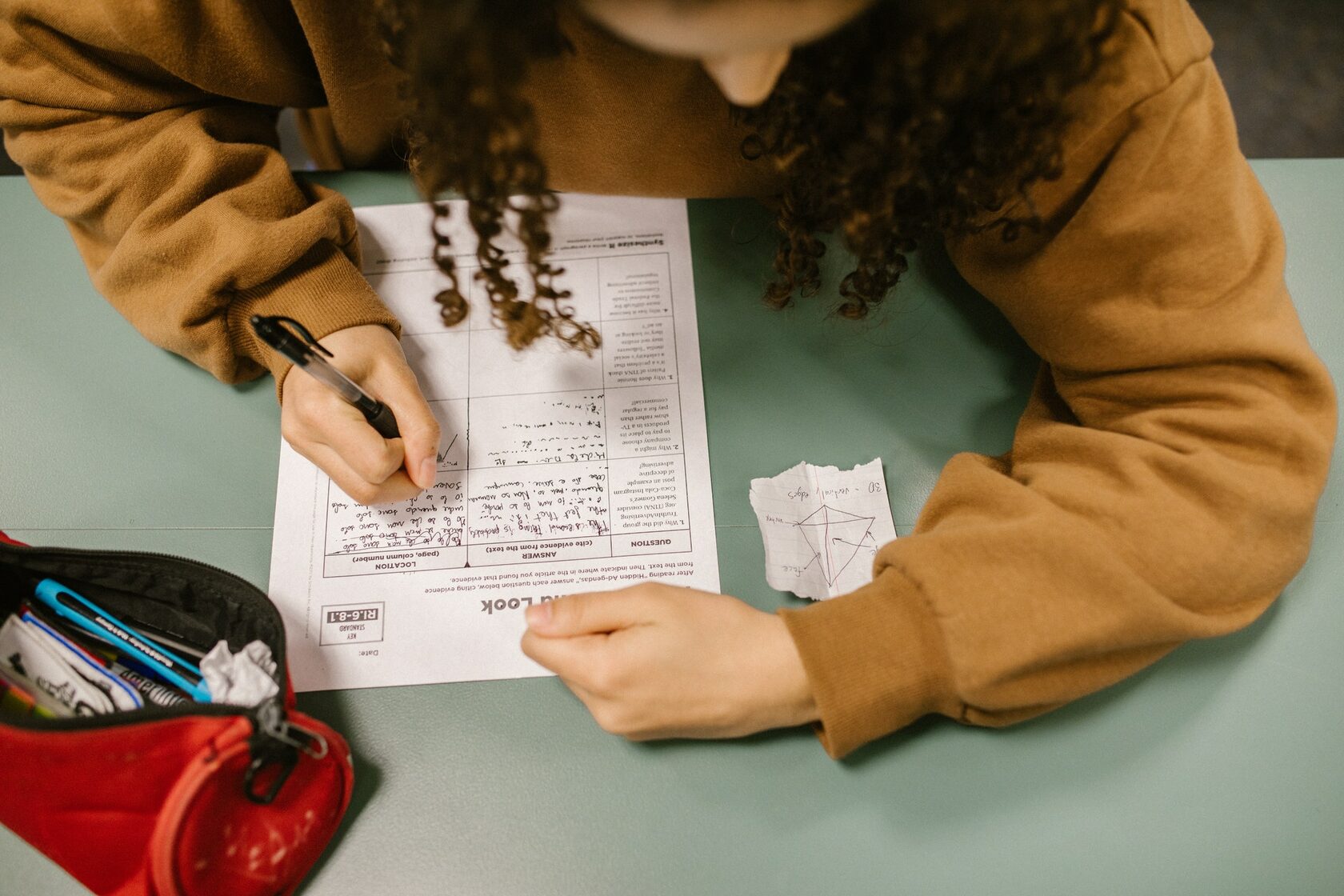Home>Language and Grammar>German Greeting: Find Out How To Say “Hello! How Are You?” In German!


Language and Grammar
German Greeting: Find Out How To Say “Hello! How Are You?” In German!
Published: February 5, 2024
Learn how to say "Hello! How are you?" in German and improve your language and grammar skills with our helpful guide! Discover the proper German greeting now.
(Many of the links in this article redirect to a specific reviewed product. Your purchase of these products through affiliate links helps to generate commission for Noodls.com, at no extra cost. Learn more)
Table of Contents
Introduction
When it comes to learning a new language, understanding the nuances of greeting someone is a fundamental aspect. Greetings serve as the gateway to a culture, offering a glimpse into the social norms and values of a community. In the case of the German language, greetings play a significant role in everyday interactions. They not only reflect the politeness and respect deeply ingrained in German culture but also serve as a means of establishing rapport and building connections.
As we delve into the realm of German greetings, it's essential to recognize their importance in fostering positive communication. Whether you're planning a trip to Germany, aiming to connect with German-speaking individuals, or simply expanding your linguistic repertoire, mastering German greetings can open doors to meaningful exchanges and cultural understanding.
In the following sections, we'll explore the common greetings used in the German language, delve into the specific phrase "Hello! How are you?" in German, and gain insight into the cultural context that shapes the use of greetings in Germany. By the end of this exploration, you'll not only have a grasp of the linguistic aspect but also a deeper appreciation for the cultural significance of greetings in the German-speaking world. So, let's embark on this linguistic and cultural journey, unraveling the intricacies of German greetings and the warmth they bring to interpersonal interactions.
Read more: How To Say “Hello” In Tagalog
Common German Greetings
In Germany, greetings are more than just polite gestures; they embody respect, warmth, and a sense of community. Understanding and using common German greetings can significantly enhance your interactions with native speakers and demonstrate your appreciation for their culture.
-
"Hallo" (Hello): This is a universal greeting used in informal settings. It's a versatile and friendly way to initiate a conversation with friends, family, or acquaintances.
-
"Guten Morgen" (Good Morning): As the day begins, Germans greet each other with a cheerful "Guten Morgen." It sets a positive tone for the day and reflects the value placed on starting the morning on a pleasant note.
-
"Guten Tag" (Good Day): This is a standard and polite way to greet someone during the day. It's suitable for both formal and informal situations and can be used with people of all ages.
-
"Guten Abend" (Good Evening): As the day transitions into the evening, "Guten Abend" is the appropriate greeting. It signifies respect and acknowledges the onset of the evening hours.
-
"Auf Wiedersehen" (Goodbye): When parting ways, Germans use "Auf Wiedersehen" to bid farewell. It translates to "Until we see each other again" and reflects the sentiment of a hopeful reunion.
-
"Tschüss" (Bye): In more casual settings, "Tschüss" is a popular way to say goodbye. It's informal and commonly used among friends and peers.
-
"Wie geht's?" (How are you?): This informal greeting is a common way to inquire about someone's well-being. It reflects the German value of showing genuine interest in others' welfare.
Understanding and using these greetings not only facilitates smooth interactions but also showcases your respect for German customs and traditions. Whether you're engaging in casual conversations or formal exchanges, incorporating these greetings into your language repertoire can pave the way for meaningful connections and cultural appreciation.
By familiarizing yourself with these common German greetings, you'll be better equipped to navigate social interactions in German-speaking environments and foster positive and respectful communication with native speakers.
How to Say "Hello! How are you?" in German
In German, the phrase "Hello! How are you?" can be expressed as "Hallo! Wie geht es dir?" in an informal context, or "Guten Tag! Wie geht es Ihnen?" in a formal setting. Understanding the nuances of these greetings is essential for effectively engaging in conversations and demonstrating cultural sensitivity.
The informal greeting "Hallo! Wie geht es dir?" is commonly used among friends, family members, and peers. It reflects a casual and friendly tone, making it suitable for informal social interactions. The use of "dir" emphasizes a close and familiar relationship, indicating a level of comfort and intimacy between the individuals.
On the other hand, the formal greeting "Guten Tag! Wie geht es Ihnen?" is employed in professional settings, formal occasions, or when addressing individuals with whom you are not well-acquainted. The use of "Ihnen" signifies respect and acknowledges the formal nature of the interaction. It reflects the value placed on politeness and courtesy in German culture.
Understanding the distinction between these informal and formal greetings is crucial for navigating various social contexts and demonstrating appropriate levels of familiarity and respect. By incorporating these phrases into your language repertoire, you can effectively convey your intentions and adapt to the specific dynamics of each interaction.
Moreover, the inclusion of "Wie geht es…" (How are…) in both greetings underscores the significance placed on expressing genuine interest in the well-being of others. This reflects the cultural value of empathy and consideration for individuals' welfare, highlighting the importance of interpersonal connections and meaningful communication.
By mastering the nuances of these greetings, you not only gain linguistic proficiency but also demonstrate your respect for German customs and social norms. Whether engaging in casual conversations with friends or participating in formal interactions, these greetings serve as a gateway to building rapport and fostering positive communication with German-speaking individuals.
Incorporating these phrases into your interactions showcases your cultural awareness and willingness to engage respectfully within the German-speaking community. It paves the way for meaningful exchanges and contributes to a deeper understanding of the cultural intricacies embedded within the German language.
Understanding the nuances of these greetings is essential for effectively engaging in conversations and demonstrating cultural sensitivity.
Cultural Context of German Greetings
German greetings are deeply rooted in the cultural fabric of Germany, reflecting the values, social norms, and interpersonal dynamics prevalent within the society. The significance of greetings extends beyond mere pleasantries; it embodies respect, warmth, and a reflection of the German approach to social interactions.
In German culture, greetings serve as a means of acknowledging the presence of others and demonstrating mutual respect. The emphasis on using appropriate greetings based on the time of day and the level of familiarity with the individual underscores the value placed on social etiquette and consideration for others' comfort. For example, the distinction between informal and formal greetings, such as "Hallo" for informal settings and "Guten Tag" for formal encounters, reflects the importance of acknowledging social hierarchies and demonstrating appropriate levels of familiarity.
Furthermore, German greetings reflect the emphasis on directness and sincerity in communication. When inquiring about someone's well-being with the phrase "Wie geht es dir?" or "Wie geht es Ihnen?", there is a genuine expectation of a thoughtful response. This highlights the cultural value placed on authentic and meaningful exchanges, where individuals are encouraged to express their emotions and well-being openly.
The cultural context of German greetings also intertwines with the concept of punctuality and respect for personal space. Greetings are often accompanied by a firm handshake, especially in formal settings, signifying respect and professionalism. Additionally, the use of eye contact during greetings is considered a sign of sincerity and attentiveness, further emphasizing the importance of non-verbal cues in communication.
Moreover, the cultural context of German greetings extends to the notion of community and interconnectedness. Greetings are not merely individual interactions but serve as a way to acknowledge the collective identity and shared experiences within the community. Through greetings, individuals affirm their belonging to a larger social framework, fostering a sense of unity and solidarity.
Understanding the cultural context of German greetings is crucial for anyone seeking to engage with German-speaking individuals. By recognizing the underlying values and social norms embedded within these greetings, one can navigate social interactions with sensitivity and respect, fostering meaningful connections and demonstrating an appreciation for the rich cultural tapestry of Germany.
Conclusion
In conclusion, the realm of German greetings unveils a tapestry of cultural nuances, social etiquettes, and genuine warmth that underpin the fabric of interpersonal interactions in the German-speaking world. From the casual "Hallo" to the formal "Guten Tag," each greeting carries a profound significance, reflecting the values of respect, sincerity, and community deeply ingrained in German culture.
Mastering the art of German greetings extends beyond linguistic proficiency; it signifies a genuine appreciation for the cultural intricacies that shape human connections. By delving into the specific phrase "Hello! How are you?" in German, we unravel the layers of familiarity, formality, and empathy embedded within these simple yet profound exchanges.
The cultural context of German greetings highlights the emphasis on mutual respect, direct communication, and the acknowledgment of shared experiences within the community. Each greeting serves as a bridge, connecting individuals and affirming their belonging to a larger social framework. Whether it's the cheerful "Guten Morgen" that sets a positive tone for the day or the respectful "Auf Wiedersehen" that encapsulates the hope for a future reunion, each greeting encapsulates the essence of human connection and cultural appreciation.
By familiarizing ourselves with these greetings and understanding the cultural context that shapes their usage, we not only enhance our linguistic repertoire but also demonstrate our respect for the customs and traditions of the German-speaking community. Incorporating these greetings into our interactions signifies a willingness to engage respectfully and empathetically, fostering meaningful exchanges and building bridges across cultural boundaries.
As we navigate the diverse tapestry of human interactions, the art of greeting becomes a universal language, transcending linguistic barriers and fostering a shared sense of respect and understanding. Through the lens of German greetings, we gain a deeper appreciation for the power of simple words to convey profound sentiments and bridge the gaps between individuals, irrespective of their cultural backgrounds.
In essence, German greetings serve as a testament to the beauty of human connection, encapsulating the values of respect, empathy, and community that resonate across borders and languages. Embracing the art of greeting in the German language opens doors to not just linguistic fluency, but to a deeper understanding and celebration of the rich cultural heritage that enriches our global tapestry of human experience.
